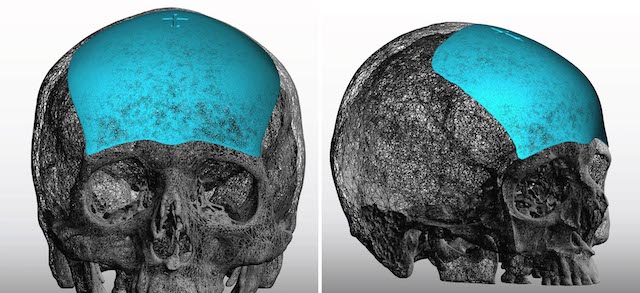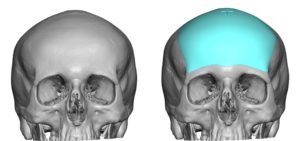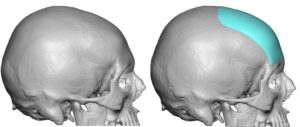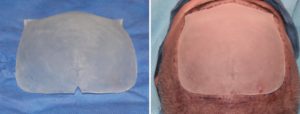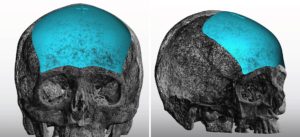Background: The shape of the forehead is affected by many surface contour features. Its height and width are most evident in the frontal view. Its shape and any contour irregularities are most seen in the side and oblique views. When deficiencies exist in any of these forehead features an augmentative approach is needed. While several techniques exist for forehead augmentation, the greater the complexity of change need, the more the value of a computer design approach has merit.
While many aesthetic forehead augmentations are understandably focused on making a more substantial shape change, not all are. For some patients a smoother forehead surface or the correction a modest concavity or backward slope is all that is needed. With these more modest forehead changes the need for a more minimally invasive approach takes on paramount importance.
Such a minimally invasive surgery approach typically refers to the size of the incision needed to do the procedure. In reality what is done inside I would not consider minimally invasive as making a tissue pocket over the forehead for any shape change purpose is definitely invasive. But very much like browlift surgery, an endoscopic browlift is often viewed as less invasive than an open browift because the incisions needed for it are much smaller…even though what is done on the inside is virtually the same. The better term should be a ‘minimal incision’ technique for that is what has actually become less.
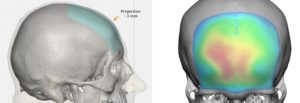

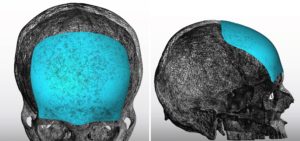
Case Highlights:
1) A smooth forehead in some patients is just as important as a bigger or smaller one in others.
2) A custom forehead implant can be used to create a smoother forehead shape and a gradual transition into the skull on the top of the head.
3) A thin custom forehead implant can be placed through a remarkably small scalp incision.
Dr. Barry Eppley
Indianapolis, Indiana

